How does Guanghan Palace insist in cold cold?Chang'e -4 detector found that the moon can be used as the moon base insulation material
Author:Changjiang Daily Time:2022.09.10
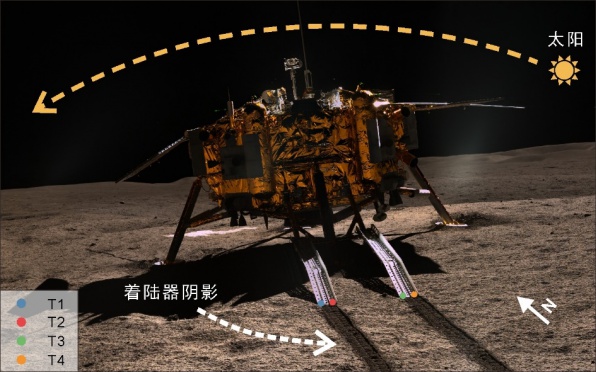
The Chang'e -4 landor on the back of the moon.
The Yangtze River Daily Da Wuhan Client September 10th (Reporter Chen Xiaotong Correspondent Zhao Jingxuan) If you can go to Guanghan Palace during the Mid -Autumn Festival, are you worried that it is extremely cold there? Building a human base on the moon is the most cutting -edge and hottest topic in the current moon exploration. Recently, a scientific research result of the moon soil provides support for this idea: Moon Yang has very good thermal insulation and can be used as the surface insulation material of the moon base.
On September 8, a reporter from the Changjiang Daily learned from the China University of Geoscience (Wuhan) that researchers at the School of Planet Sciences, Macau University of Science and Technology, and the China Institute of Space Technology analyzed the monthly soil temperature data collected by Chang'e 4. It is found that under the vacuum conditions on the surface of the moon, the thermal guidance rate of the moon soil is extremely low, just like a layer of insulation layer to avoid high temperature during the day and excessive cooling at night.
"This result provides new data for the development and use of Moon soil in the future," said Huang Jun, a member of the core scientist team of Chang'e -4 lunar exploration tasks, and a member of the core scientist team of Chang'e -4 lunar exploration tasks.
The month of the third month after the Chang'e -4 landing point landed after landing--
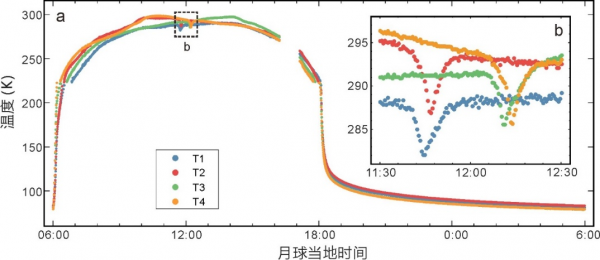
The monthly soil temperature of the third month after the Chang'e -4 landing point landed. (A) Color dots represent the temperature measuring temperature of the four temperature meters, respectively. (B) Characteristics of temperature changes near noon.
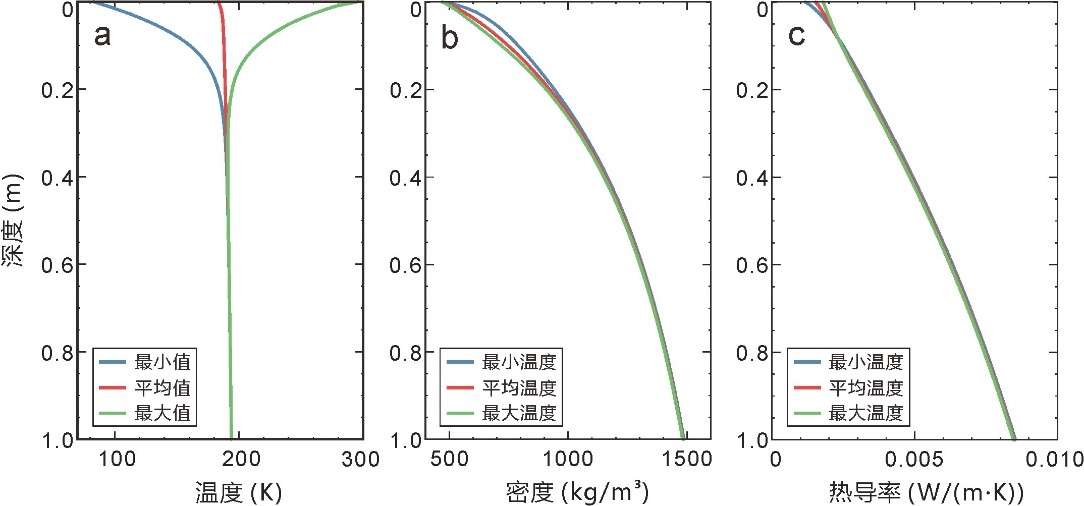
Chang'e -4 landing point with a monthly seductive section with a temperature, density and thermal conductivity of 15 μm. (A) The minimum, average, and maximum temperature of the depth from the moon table to the depth of 1 meter. (B and C) The density profile of the density profile from the monthly to 1 meter depth and the thermal conductive component section view in the thermal conductance rate correspond to the minimum, average and maximum temperature of the graph 3A.
According to reports, in 2019, Chang'e -4 detectors successfully landed on the back of the moon. Chang'e -4 is equipped with a variety of scientific detection instruments, which can detect the topographic and generosity of the moon surface, the composition of the moon surface material, and the structure of the moon surface. There are also 4 thermometers that are directly contacted with the moon soil on the lander, which can measure the temperature of the monthly soil every 900 seconds. This is also the first time that human beings have achieved in situ measurement of the moon soil temperature on the back of the moon.
The first author of the thesis, the Ph.D. of the Chinese University of Geosciences (Wuhan), told reporters that in the Apollo era, human beings have begun to measure the temperature of the moon, but mainly concentrated on the monthly soil sample collected. During the interstellar transportation, the filling method of the monthly soil sample was disturbed, affecting the reliability of the experimental results. Later, at the landing point of Apollo 15th and 17th, astronauts used the thermocouple of about 10-15 cm from the moon surface to measure the surface temperature of the moon soil, but due to the uncertainty of the radiation and thermal physical characteristics of the cable and The impact of local surface roughness has a large error.
The measurement of Chang'e -4 is to directly contact the temperature sensor with the moon soil, which maintains the original accumulation method of the moon soil. The measurement accuracy is very high.
Scientists use numerical simulation methods to analyze temperature data, and calculate the heat guidance rate based on the surface temperature changes of the night moon soil. The results showed that the monthly soil thermal guidance rate in the depth of the moon watch and the moon soil was 1.53 × 10-3 W/(m · k) and 8.48 × 10-3 w/(m · k), "Moon soil The ability to conduct thermal conductivity is only one -tenth of the air, one percent of the water, and one tenth of the iron. "
"This shows that under the vacuum conditions on the surface of the moon, the thermal guidance rate of the moon is extremely low, which is a good insulation layer." Xiao Xiao said that the moon is the first choice for the construction of the moon base in the future and the resource extraction. Polar regions Establish a moon base, which can cover a layer of moon soil on the surface of the base to prevent harmful cosmic radiation and realize thermal insulation in extreme environments of the moon.
In the future, such a scene may appear on the moon: In the vast universe, the astronauts are taken on the spot, making the moon soil into insulation materials, and setting up a moon base.
【Edit: Ding】
For more exciting content, please download the "Da Wuhan" client in the major application markets.
- END -
The World Advanced Manufacturing Conference will hold the "Inspur Plan" to accelerate the development of intelligent manufacturing
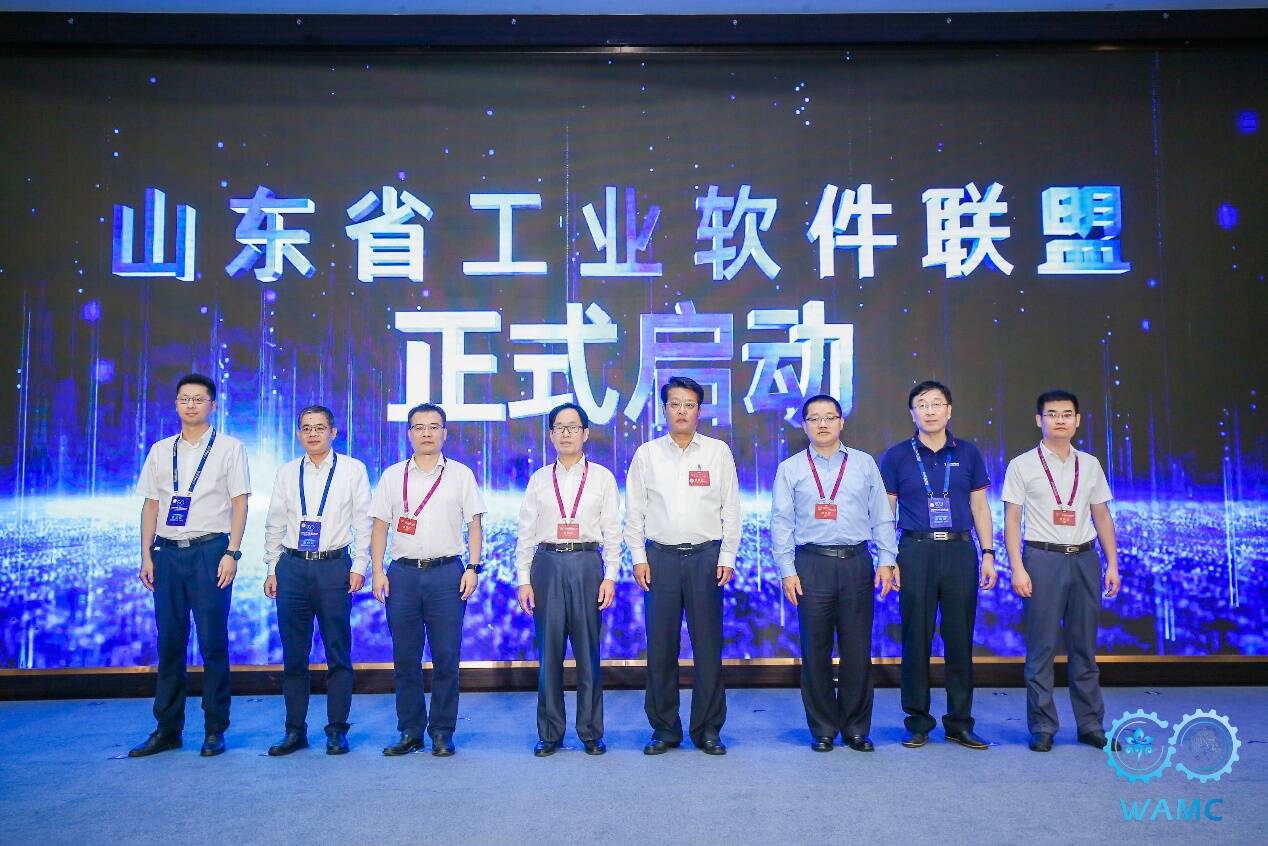
From August 31st-September 1st, the 2022 World Advanced Manufacturing Conference w...
Copy climate change, can it be useful to form a "climate club"?
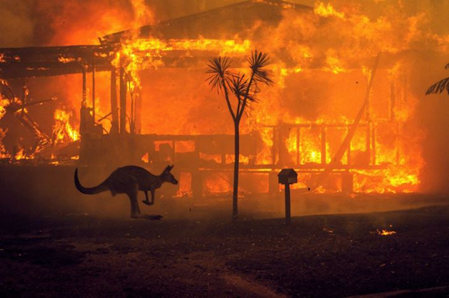
In June 2022, leaders of many countries attended the G7 summit. One of the main is...